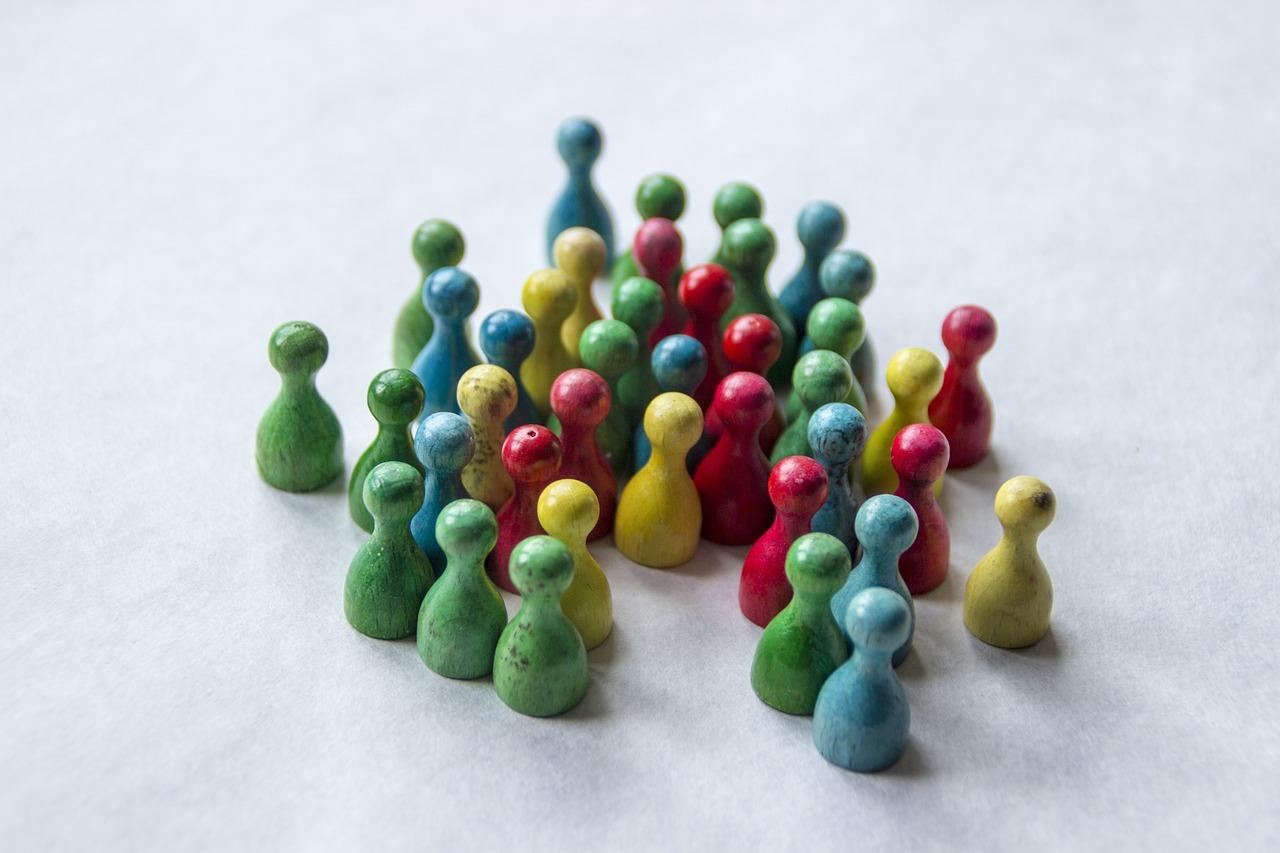In this era of digital transformation, digital printing has replaced most traditional printing practices such as lithography, flexography, gravure, letterpress, and others. In this modern method of printing, prints are directly printed by using an electronic file or a digital imagery. For example, artwork or files are created on a computer using numerous software and digital tools and then printed onto the desired material. This process significantly cuts down the time to make prints in offset printing, and this method uses large-format and high-volume inkjet printers.
Digital printing is perfect for large-scale orders. The commercial printing service CityPress embraces digital printing as a common and modern method, leveraging its efficiency to produce substantial print items for various businesses and companies.
How Does It Work?
In digital printing, images are directly printed using electronic files like PDF, PSD, TIFF, and many other formats. Digital printing is ideal for items that get orders for smaller quantities and require attention to detail. Digital printing does not require any pre-press stages unlike traditional printing methods.
This method also eliminates the need to employ format equipment and materials like plates for film or chemicals for photographs. Digital printing services include the following stages of production:
- A file is prepared on the computer with a sharp and clear image with a high resolution, and it meets the size requirements of a print.
- Bleed and crop marks are added if the file needs it. These are the lines on the corner of a printing job. Finally, the bleed is trimmed to ensure that unprinted edges do not occur in the finalized document that make the document more professional in terms of appearance.
- The third step is an imposition that ensures that the paper’s maximum area is utilized, and the paper waste is minimized.
- Before the paper is sent to the printer, the digital text or image will have to be converted into a raster image file or bitmaps like PDF, GIF, JPEG, or BMP file, and this choice of file format will depend entirely on the software used for the printer and making the digital document.
- This process involves laser and inkjet printers that have the ability to print on various substrates like glass, paper, fabric, canvas, and even metal. These printers have the ability to drop toners and pigments in a slim layer on the surface, and a fuser fluid is used along with a heat process for the toner and the ink to adhere onto the substance.
Even though digital printing is a relatively new process, It has many benefits and advantages when compared to traditional printing methods:
High-Quality Prints
Digital printing offers impressive consistency and high-quality friends compared to its alternatives. The products have no issues with harsh lines, and the color on the print shows up vibrantly, making the results look far more professional and standardized. In digital printing, the quality of your entire batch stays consistent from the first print till the last one.
Timeliness
The digital printing process is comparatively shorter than traditional printing methods and so is processed and delivered much quicker. This is particularly helpful when creating prints for promotional campaigns or making brochures on short notice.
Cost Friendly
Digital printing does not require printing plates, and therefore they are more affordable to set up as a single job.Therefore, getting customized digital prints is much cheaper than getting customized traditional prints.
Endnote
In this competitive age, digital printing is the most high quality, cost-effective and fast pace choice.
As a business owner looking to get prints for their new marketing and promotional strategy under a budget, digital printing can be your best bet. It can be integrated within strict timelines and you can get your hands on affordably made brochures, pamphlets and menus for your business and that new holiday campaign.
















